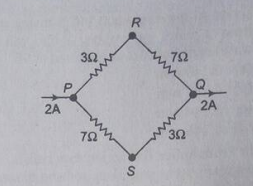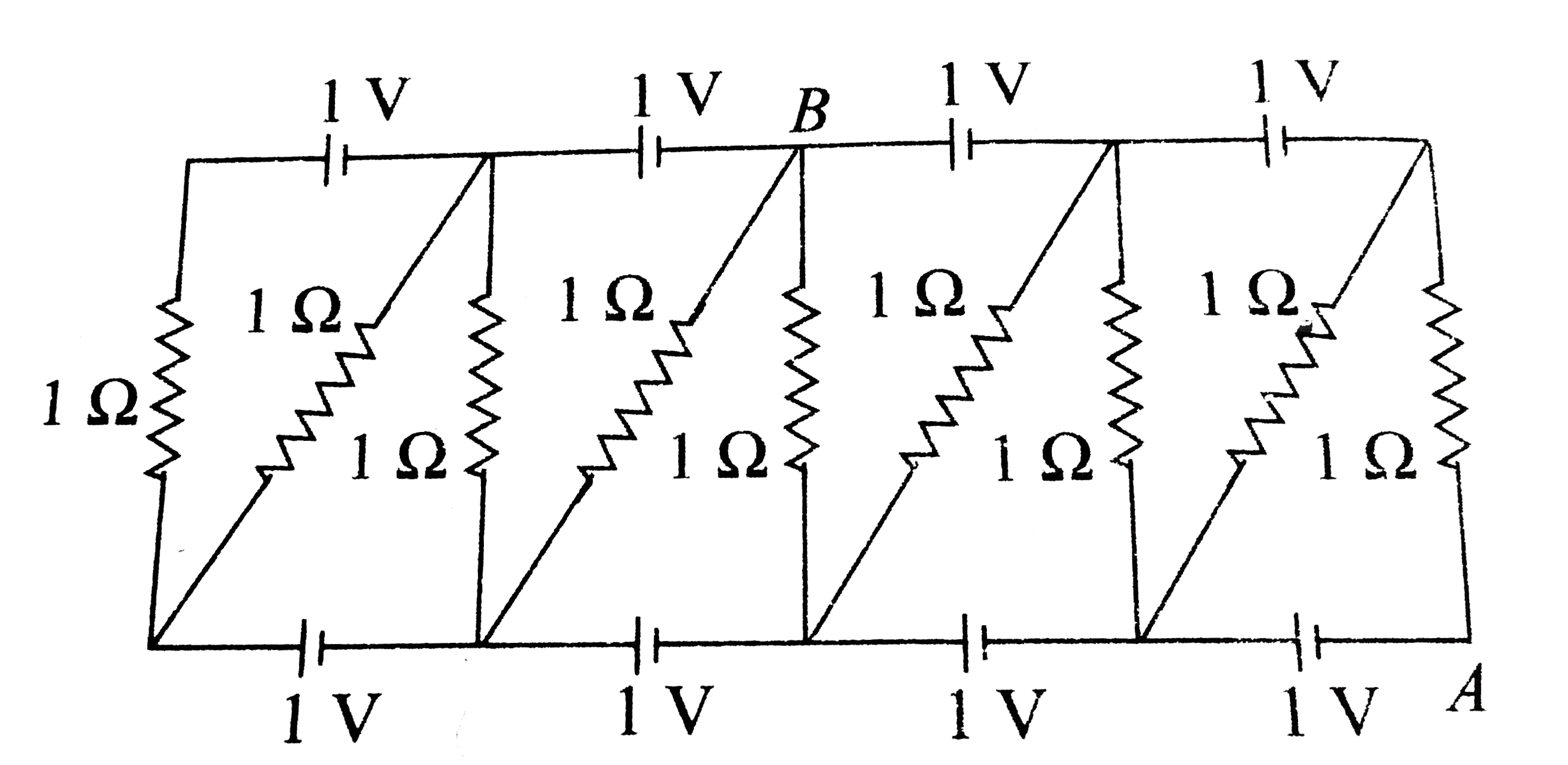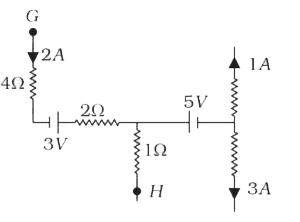The potential harrier for Si is ………………….V and for Ge is ………………..V
0,7,0.3
Topper's Solved these Questions
- SEMICONDUCTOR ELECTRONICS METERIALS DEVICES AND SIMPLE CIRCUITS BOOK - MODERN PUBLICATIONCHAPTER - SEMICONDUCTOR ELECTRONICS METERIALS DEVICES AND SIMPLE CIRCUITS EXERCISE - REVISION EXERCISES (SHORT ANSWER QUESTION )
37 Videos
- SEMICONDUCTOR ELECTRONICS METERIALS DEVICES AND SIMPLE CIRCUITS BOOK - MODERN PUBLICATIONCHAPTER - SEMICONDUCTOR ELECTRONICS METERIALS DEVICES AND SIMPLE CIRCUITS EXERCISE - REVISION EXERCISES( LONG ANSWER QUESTIONS)
11 Videos
- SEMICONDUCTOR ELECTRONICS METERIALS DEVICES AND SIMPLE CIRCUITS BOOK - MODERN PUBLICATIONCHAPTER - SEMICONDUCTOR ELECTRONICS METERIALS DEVICES AND SIMPLE CIRCUITS EXERCISE - REVISION EXERCISES (ADDITOINAL QUESTION)
9 Videos
- RAY OPTICS AND OPTICAL INSTRUMENTSBOOK - MODERN PUBLICATIONCHAPTER - RAY OPTICS AND OPTICAL INSTRUMENTSEXERCISE - CHAPTER PRACTICE TEST
14 Videos
- WAVE OPTICALBOOK - MODERN PUBLICATIONCHAPTER - WAVE OPTICALEXERCISE - CHAPTER PRACTICE TEST
7 Videos
Similar Questions
Find the voltage VA in the curcuit shown in figure. The potential barrier for Ge is 0.3V and for Si is 0.7V
 .
.
View SolutionThe potential at a point A is – 500 V and that at another point B is + 500 V. What is the work done by external agent to take 2 units (S.I.) of negative charge from B to A.
View Solution
Knowledge Check
At the surface of earth, potential energy of a particle is U and potential is V.Change in potential energy and potential at height h=R are suppose ΔU and ΔV.Then
AΔU=−U/2BΔU=U/2CΔV=V/2DΔV=−V/2If the electric potential of the inner shell is 10V and that of the outer shel is 5V, then the potential at the centre will be
 A10VB5VC15VDzero
A10VB5VC15VDzeroA current of 2 A flows in an electric circuit as shown in figure. The potential difference (VR−VS), in volts (VR and VS are potentials at R and S respectively is
 A-4B(+2)C(+4)D-2
A-4B(+2)C(+4)D-2
Assume that an electric field →E=30x2ˆj exists in space. Then the potential difference VA−VO, where VO is the potential at the origin and VA the potential at x=2m is:
View SolutionThe potential difference VA−VB for the circuit shown in fig. is. −(22/x)V. find the value of x.

View SolutionIn the circuit shown, the potential difference between the points G and H, VG−VH is equal to _________ V.

View SolutionA current of 2 A flows in an electric circuit as shown in figure. The potential difference (VR−VS), in volts (VR and VS are potentials at R and S respectively is

View SolutionThe work done against electric in increasing the potential difference of a condenser from 20 V to 40 V is W. The work done in increasing its potential difference from 40 V to 50 V will be
View Solution
